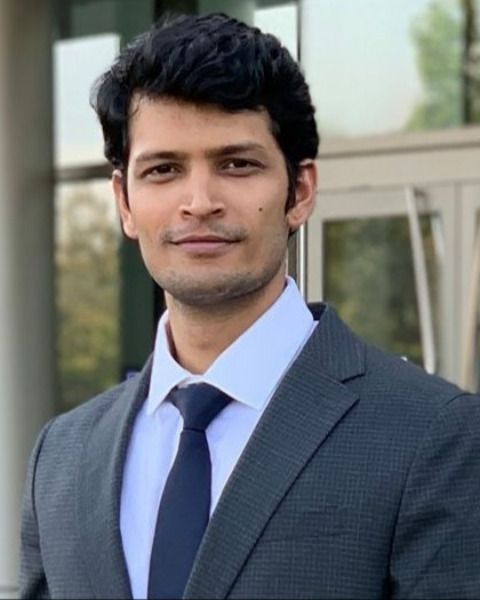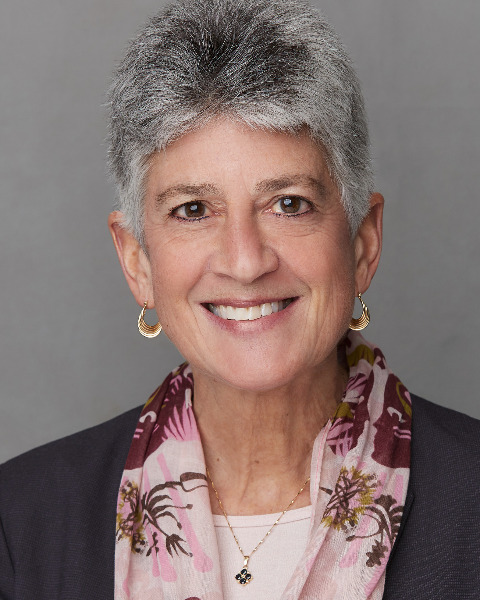Research (R)
(PP1303) Ecological Noise and Its Effect on Speech Perception

Bhanu Shukla, MA
Student
The University of Memphis
memphis, Tennessee, United States
Lisa L. Mendel, School of Communication Sciences and Disorders
Professor & Associate Dean
University of Memphis
MEMPHIS, Tennessee, United States- EB
Eugene Buder, Ph.D.
Assoc Professor
School of Communication Sciences and Disorders, The University of Memphis
Lead Presenter(s)
Presenter(s)
Contributor(s)
The purpose of this study was to develop and validate an ecological noise that can simulate a realistic environment for speech perception testing. First, a unique Ecological Noise (EN) was generated, and then its effect on speech perception was measured and compared with other noises (12-talker babble, 4-talker babble, and SSN) at 0 and +5 dB SNRs. Results showed that speech perception performance was poorer when ecological noise was used compared to all other noises at both the SNRs. These results suggest that Ecological noise presents a more challenging listening situation when compared to multi-talker babble or SSN.
`
Summary:
Since its inception, speech perception testing has been an important part of the audiology test battery. There are several types and forms of speech in noise tests which are currently being used to measure speech perception ability. Some of these tests are the Connected Speech Test, the Hearing in Noise Test, the Words in Noise Test, the Quick Speech in Noise Test, the Bamford-Kowal-Bench Speech in Noise Test, the Listening in Spatialized Noise-Sentences Test, and the AzBio Sentences. While these tests provide a good estimate of speech in noise performance, results are far from being realistic. The noise used in these tests does not represent a natural listening environment. It is important to have an efficacious speech perception assessment that assesses the actual performance of the listener in the real world. Creating such an assessment tool is needed to accurately reflect performance. The purpose of this study was to develop and validate an ecological noise that can simulate a realistic environment for speech perception testing.
The study was divided into two phases. In the first phase, a unique ecological noise was generated using different environmental sounds either downloaded from the internet or recorded. Four-talker babble was added to the ecological noise, and a 41 second .wav file was created. Spectral analysis of the ecological noise revealed it has a greater amount of energy across all frequencies compared to 4-talker babble, 12-talker babble, and speech spectrum noise, respectively.
In the second phase, speech perception performance was measured and compared using this ecological noise as well as other noises (12-talker babble, 4-talker babble, and SSN) at different signal-to-noise ratios (SNRs) of 0 and +5 dB. The sentences from the AzBio, QuickSIN, and HINT tests were used with their respective noises and with the ecological noise. A total of 27 individuals with normal hearing from the University of Memphis and the city of Memphis participated in the study.
Statistical analysis revealed that speech perception performance was significantly poorer when ecological noise was used compared to all other noises. The noise conditions resulting in the worst performance beyond the ecological noise were 4-talker babble, 12-talker babble, and SSN, respectively. Also, speech perception scores for 0 dB SNR were significantly poorer compared to +5 dB SNR for all the noises.
These results suggest that ecological noise presents a more challenging listening situation than the use of multi-talker babble or speech shaped noise. A follow-up phase to this study is focusing on the effect of the presence or absence of babble in the ecological noise on speech perception performance. The ecological noise developed in this study could be useful in the basic audiological battery for speech perception testing. We believe that the speech perception scores measured using this ecological noise can provide a more realistic estimation about communication in the natural environment than multi-talker babble or speech shaped noise and would be helpful for counseling people with hearing impairment.
Learning Objectives:
- identify the different factors that make natural noise more challenging and contribute to difficulty understanding speech.
